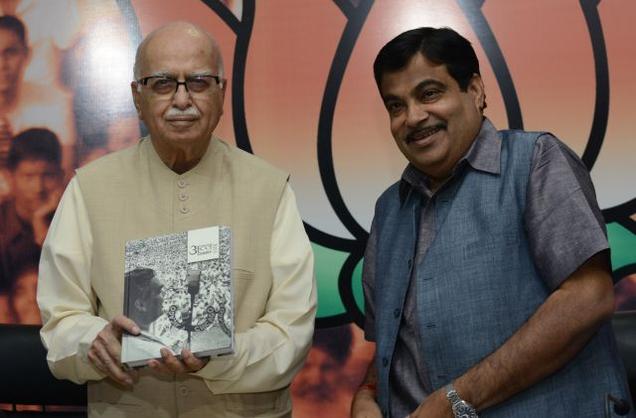
New Delhi, October 24: Senior BJP leader L K Advani on Wednesday backed party chief Nitin Gadkari saying he has come “clean” by asking for a probe on charges against him and said the party should not claim immunity on either scale or nature of the allegations.
“Nitinji has come clean by asking for an inquiry by the Department of Company Affairs,” Mr. Advani said in a statement here on certain media allegations questioning investments in his family business.
He said the allegations against Mr. Gadkari were about “standards of business and not misuse of power or corruption”. “I am of the view that the BJP should be different and should not claim immunity on either scale or nature of the allegations,” he said.
Accusing the Government of trying to neutralise the “unprecedented” corruption charges against it by targeting Mr. Gadkari, Mr. Advani hoped there will be an impartial probe into the matter.
“I hope that the government inquiry will be fair and the government will not use its political hostility to the BJP to colour the inquiry,” he said.





Comments
Add new comment